When the National Car project was initiated in the first half of the 1980s,the Japanese yen was still low and so the first Malaysian National Car – the Proton Saga – could be priced at RM17,575. However, after the mid-1980s, endaka began, this being the Japanese word related to the rapid appreciation of the strength of the yen.
As a result, the price of the Saga had to go up as, in those early years, many parts had still not been localised so they had to be imported from Japan. The increase in price moved the Saga out of the original affordable entry level and Tun Dr. Mahathir started to think about how to provide affordable mobility for Malaysians.

The idea came from Tun Mahathir
In one of his memoirs, he mentioned that he had seen the minicars – called kei cars – in Japan. They were simple and cheap to build, and therefore could be cheap to sell. They were popular then and even today, about a third of new car sales in Japan are kei cars.
This led to reviving discussions with Daihatsu which, though not widely known, had also been interested in the National Car project earlier (along with Fiat). This was revealed to Malaysian journalists by a senior Toyota executive in 1985 when he was asked why Toyota had not been interested in participating in the project. He said that they had actually made a proposal – but via their affiliate, Daihatsu.

It was then decided to see how a kei car would do in Malaysia as they were not sold much outside Japan. More importantly, would Malaysians accept such small cars with engines less than 1000 cc? The Daihatsu Charade, introduced in 1977, sold moderately but it was actually slightly larger than a traditional kei car. There was also the Suzuki SS80 (a kei car in Japan) and that sold in very small numbers.
Getting Malaysians involved
To test the market, it was decided to bring in the Mira which had been identified as the Daihatsu model to ‘clone’. In 1992, 280 units were brought in and sold at a special price of RM24,000 each. Those who bought one had to participate in a long-term survey of using the Mira. Apparently, over 13,000 people offered to buy one of those 280 units.
Interestingly, 30 years later, Perodua would again carry out a similar exercise by importing 300 units of the Rocky Hybrid and offer them to the public (through a subscription scheme). This is for a study program which involves members of the public using a SUV with a hybrid powertrain in their daily lives.
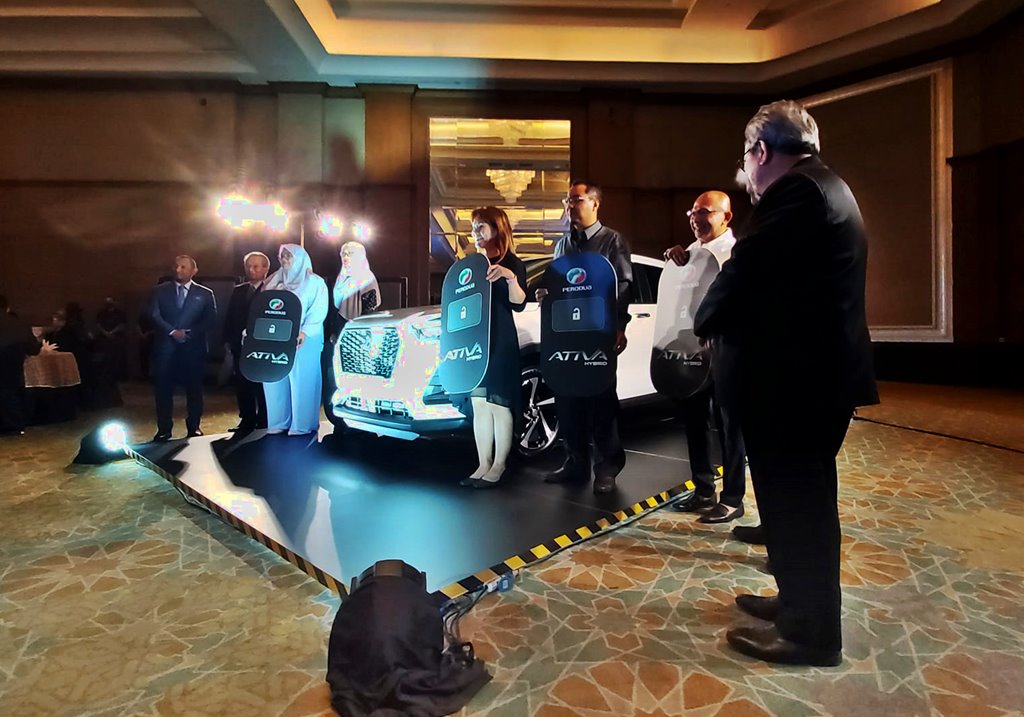
The program will enable the Malaysian carmaker to gain insights into usage of electrified vehicles in local conditions which will be useful as it develops its own model.
While important feedback was gathered, Perodua was established in the middle of 1993. Unlike the Proton and EON relationship, the Perodua operation was more unified in that both the manufacturing and marketing companies were directly linked (as Perodua Manufacturing and Perodua Sales). Furthermore, though it was a government-linked company (GLC), its shareholders were mainly from the private sector with companies like UMW and MBM involved.
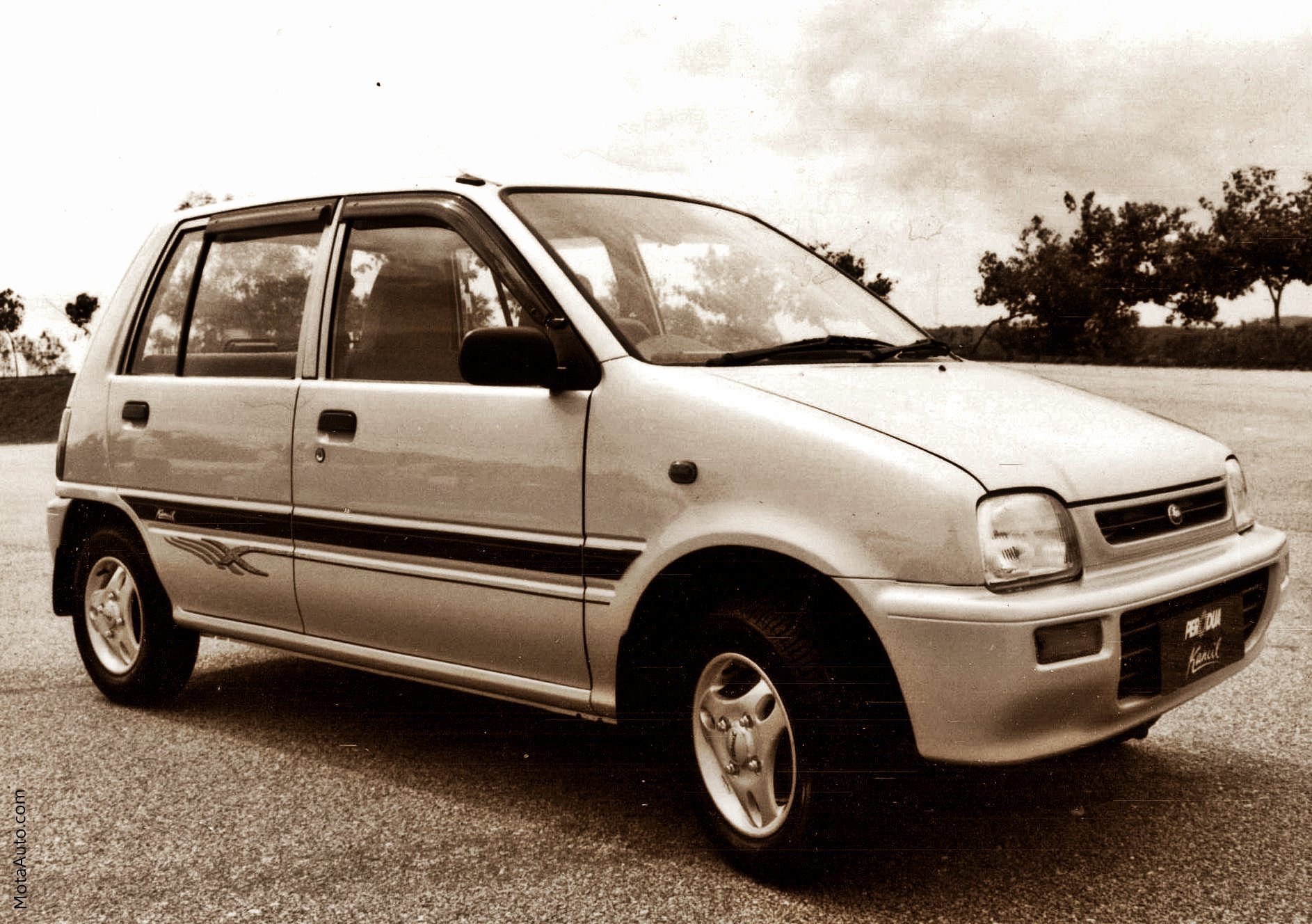
‘Malaysianising’ the Mira
Collecting the feedback and also forming a new team of young engineers and designers to learn from the Japanese about developing and making cars, the project picked up pace. Like how the Saga was ‘Malaysianised’ from a Mitsubishi model, the Mira was also given cosmetic differentiation.
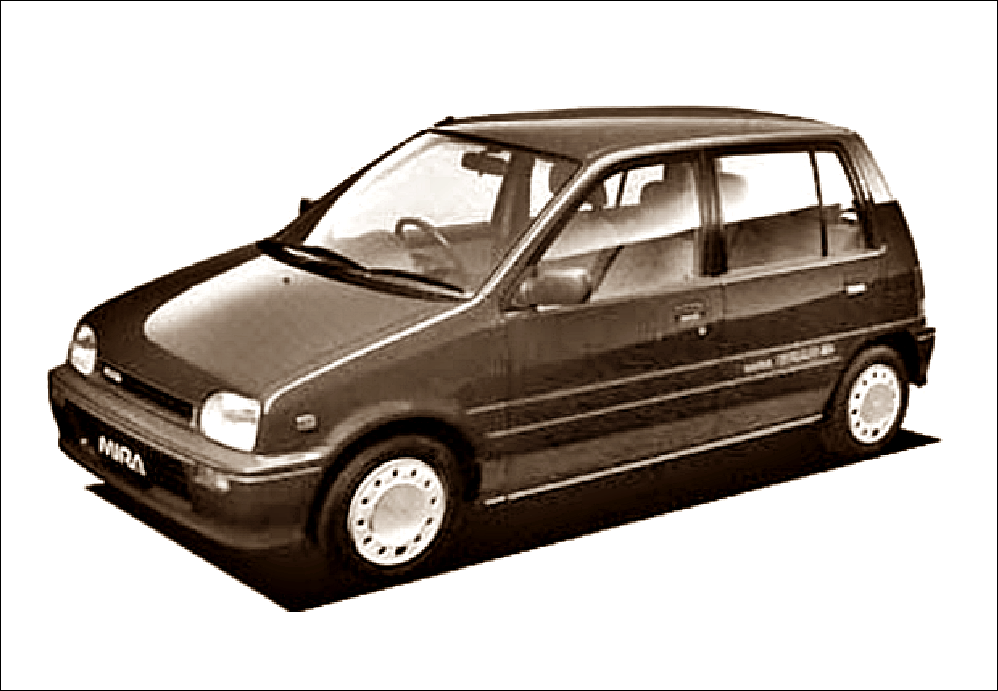
At that time, being the first product and also with the limited experience and resources of the new company, the scope of work to differentiate the model was minimal. Nevertheless, Perodua would be a diligent ‘student’ and 13 years later, it would have enough experience to be able to participate in the development of the Daihatsu Boon/Toyota Passo which would also be the Perodua Myvi.
At least 5 prototypes were built in Japan and put through the various tests required to ensure a suitable level of driveability, economy, durability and performance. Needless to say, crash tests were also conducted to ensure sufficiently high levels of occupant protection.
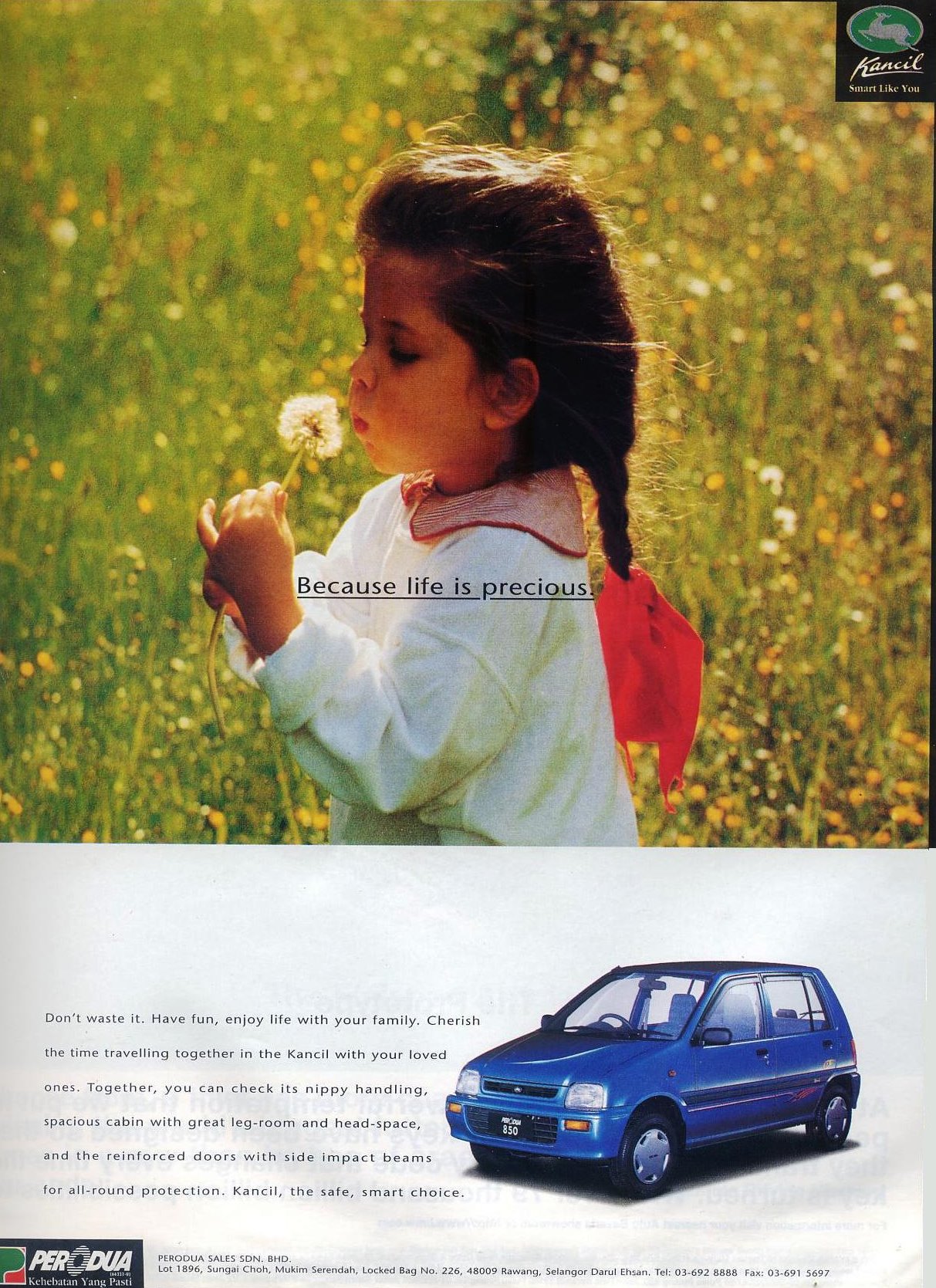
Special oil developed by Castrol
A little known part of the development program was the formulation of lubricating oil to meet the special needs of the Kancil engine. Because of its much smaller size, lubricating requirements were more important. Daihatsu specified a lighter oil which necessitated a viscosity range of 10W/30. It had also to be magnesium free and provide good fluidity for fast oil circulation, especially in cold starts.
The oil, which was to be SAE SG class, had also to offer good sludge and deposit control to minimise oil filter clogging. It also had to resist thickening, corrosion and rust and apart from providing engine protection, the oil had also to helps conserve energy and save fuel.
Normally, at least 4 months or more would be needed to formulate an oil to meet requirements. But time was short and Castrol Malaysia took up the challenge and was able to produce a new engine oil for Perodua within 3 weeks! It was called Castrol M-TEC, the name referring to ‘Malaysian TEChnology’.
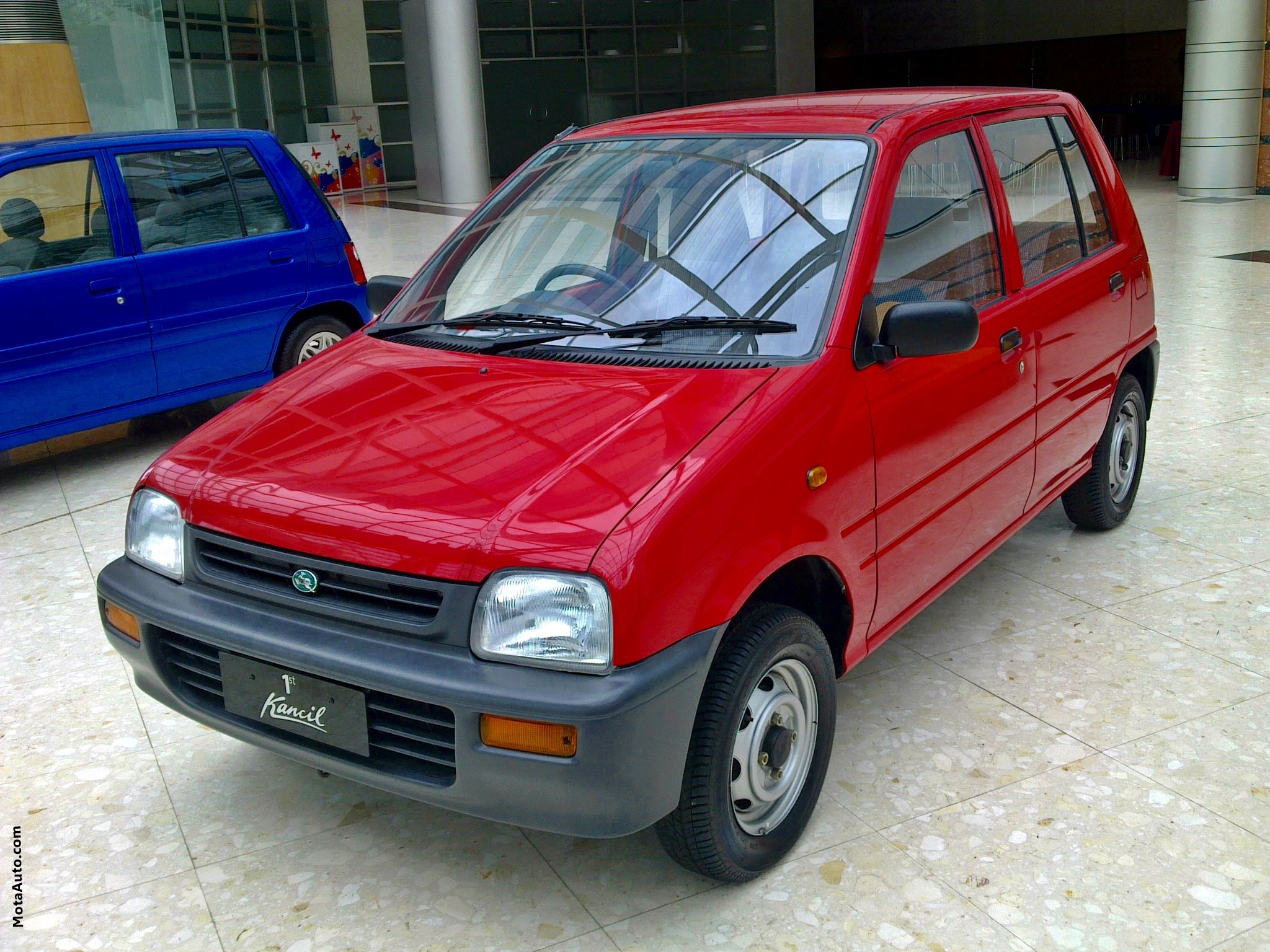
Before long, Malaysians were told of a new compact car from the new Malaysian car company. The car, to be called the Kancil, was expected to be launched by the end of 1994. However, perhaps with the enthusiasm for the project, Perodua was able to launch the new car on August 29, 1994.
Cheapest car in Malaysia then – and now
The cheaper of two versions, both with 660 cc engines, was RM23,990. Insurance would add around RM850, and having a small engine, roadtax was just RM100. It was the cheapest new car on sale because, at that point in time, the Saga was already around RM32,000.
History would repeat itself 29 years later when Perodua would offer the Axia at RM22,000 – a car bigger than the Kancil – which would be the cheapest new car in Malaysia.
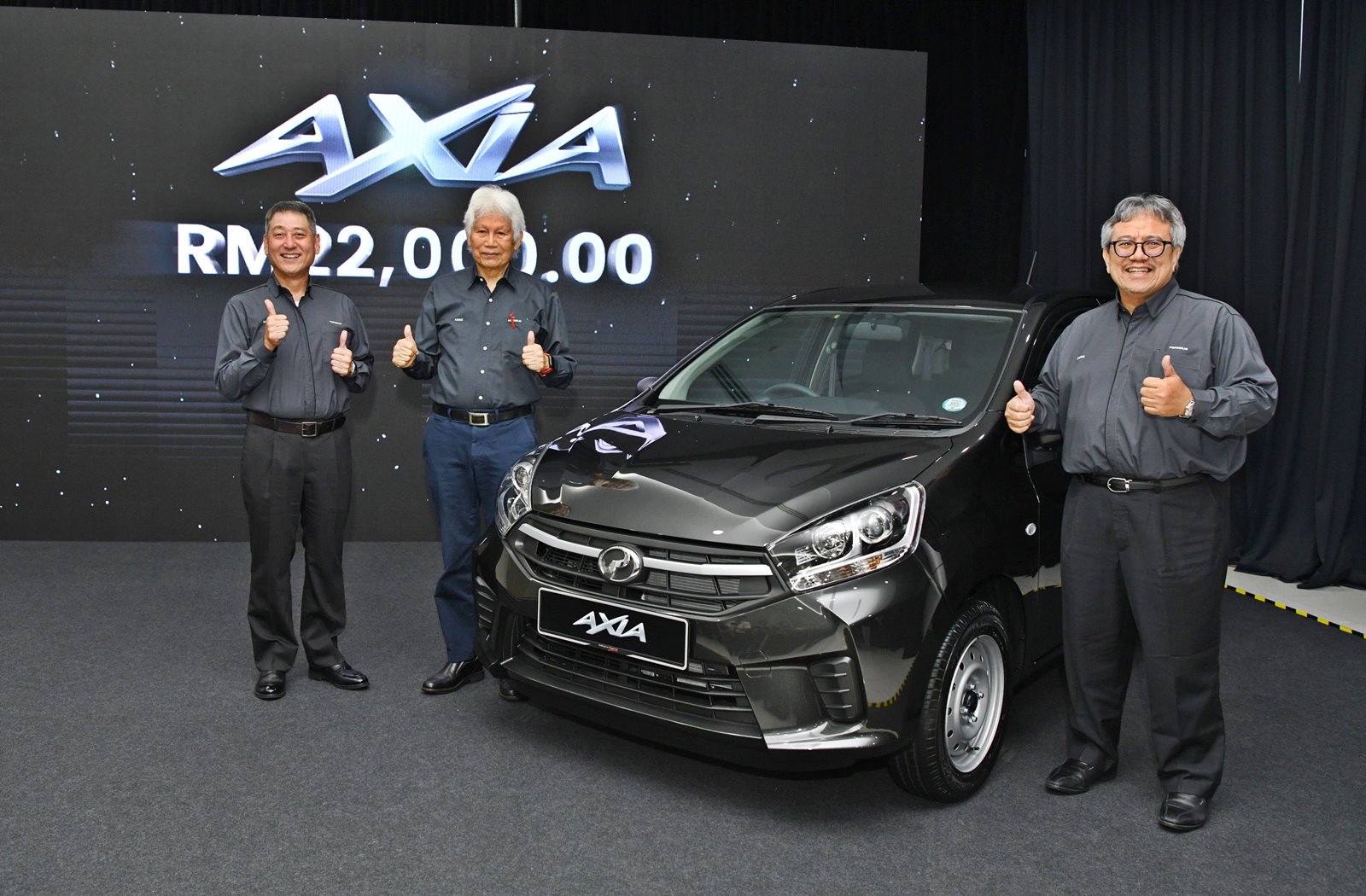
Delighted to see a new and affordable car for Malaysians again, Tun Mahathir said: “Because of Perodua, Malaysians who could not afford to have a car can now have one, and it is convenient enough because it is a small car.”
Strangely though, 20 years later, the same man would get angry with Perodua’s success, saying that the carmaker ‘was making things difficult for Proton’. He had regarded Perodua’s products as being mere clones although his son, then deputy MITI minister, stated that the cars made at Perodua are ‘as Malaysian as it gets’.
A winner from the start
Just as with models launched in later years, the orders built up very quickly. Within just a month of the launch, more than 6,000 people had booked a Kancil. That was an entire year’s production for the new factory which also had the most advanced paintshop in the region then.

Even though the small size of the car made some people hesitate about driving one, there was no doubt that the little car won more and more hearts. The waiting list grew and customers were told they had to wait up to 6 months.
The plant was working flat out but it would not speed up production if it compromised quality. Delivering cars of high quality to customers was one of the crucial things to gain trust and Perodua has been focussed on that since Day 1.

Cheapest car in the UK too
Although most of the Kancils were sold in Malaysia, the car also went overseas as far as the UK, where it was called the Nippa. Over there too, its price of around £5,000 made it the cheapest car there too.

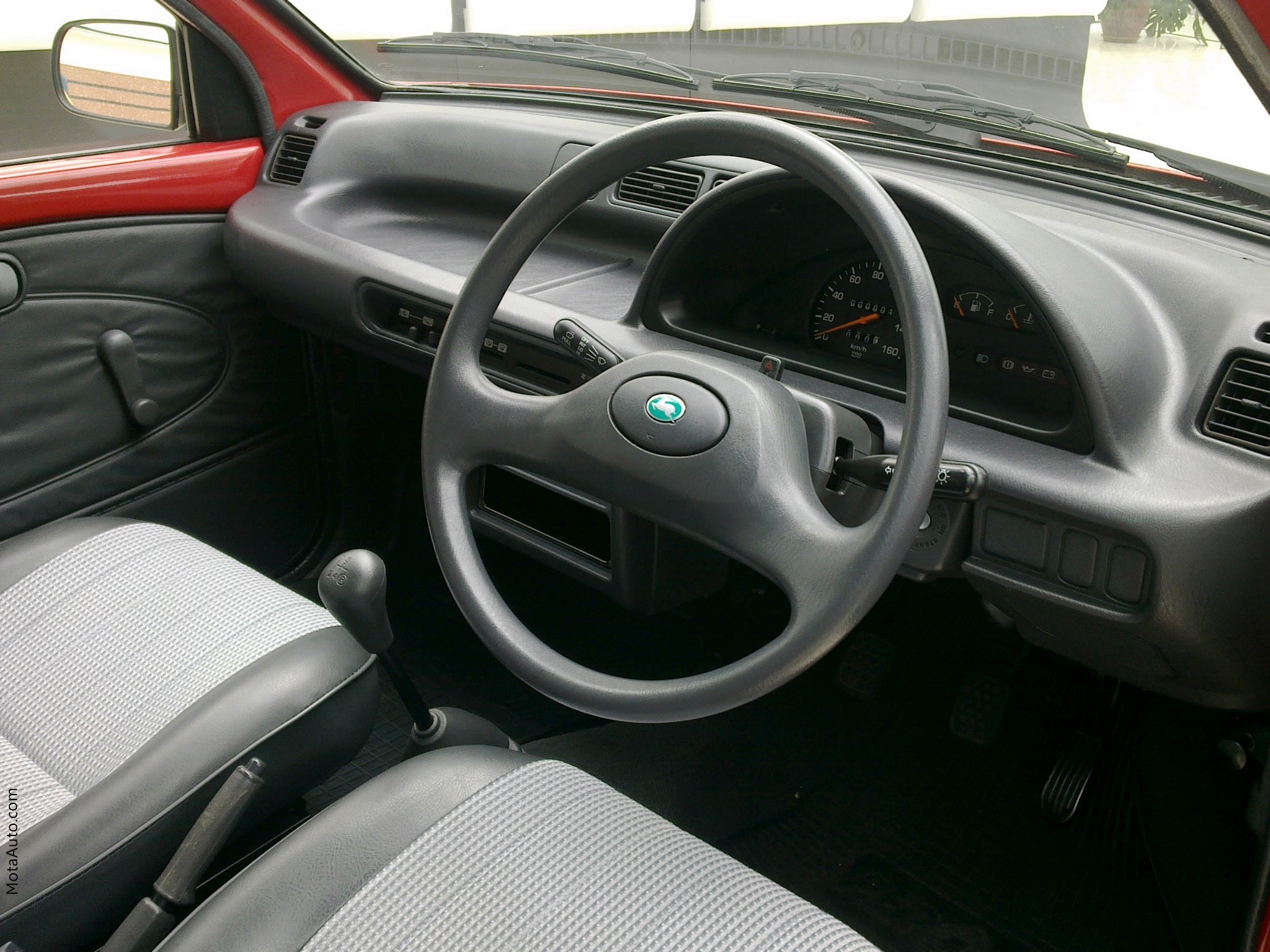

The Kancil 2
The Kancil would be updated in 2002, becoming the Kancil 2, with more cosmetic changes. By then, with Italian designer Marcello Gandini also involved, Malaysian designers had gained more experience and were able to ‘Malaysianise’ the model more. One idea they took from the Toyota Prius, the world’s first mass-produced hybrid, was the central location of the instrument panel.
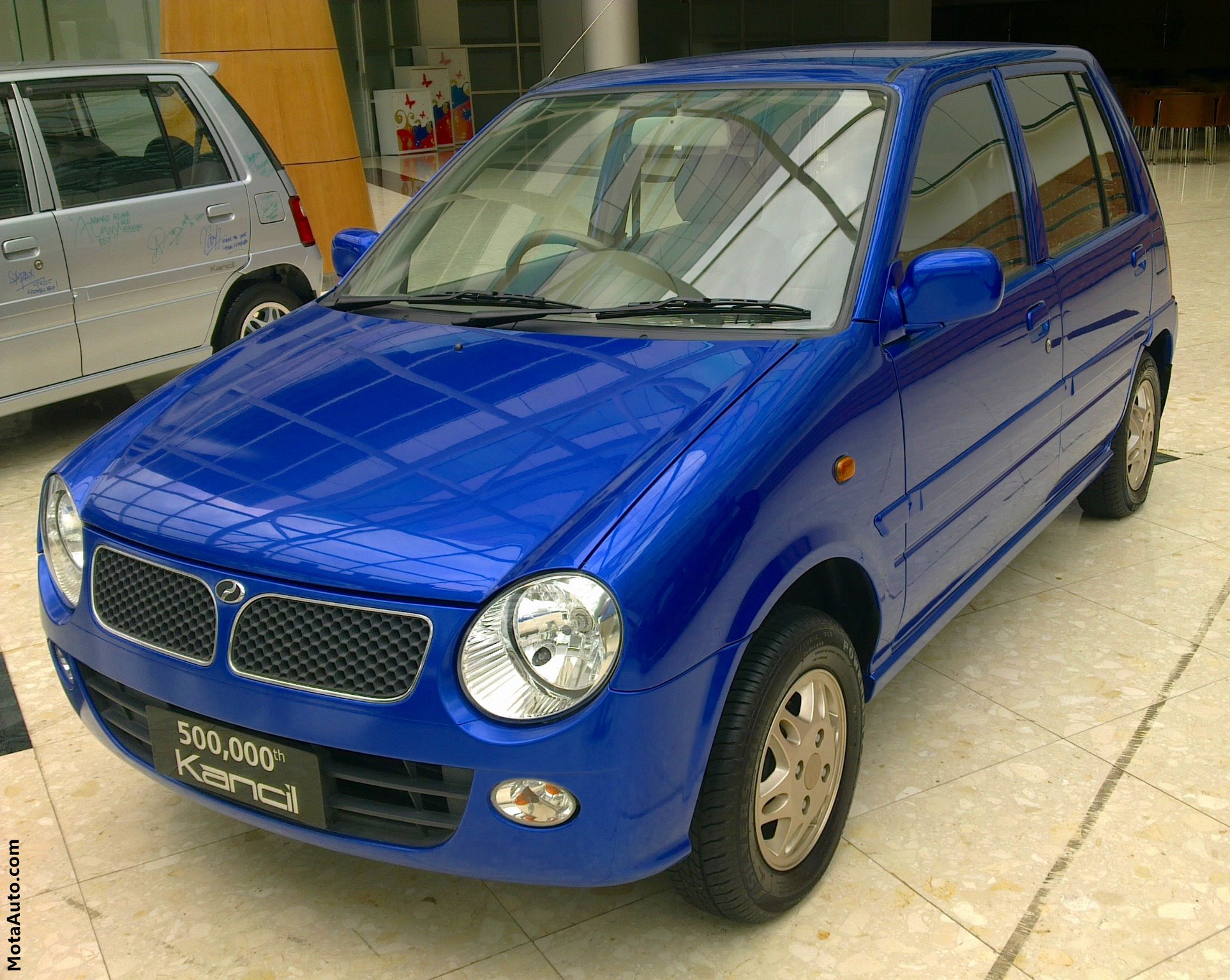
Farewell to the Kancil
The Viva that came out in 2007 was intended as the successor to the Kancil. But it was only in July 2009 that Perodua produced the final unit of its very first car. By then, 722,223 cars had left the factory. Some units, like the first one and the 500,000th are kept by the company, a reminder of its humble beginnings and how far it has come.
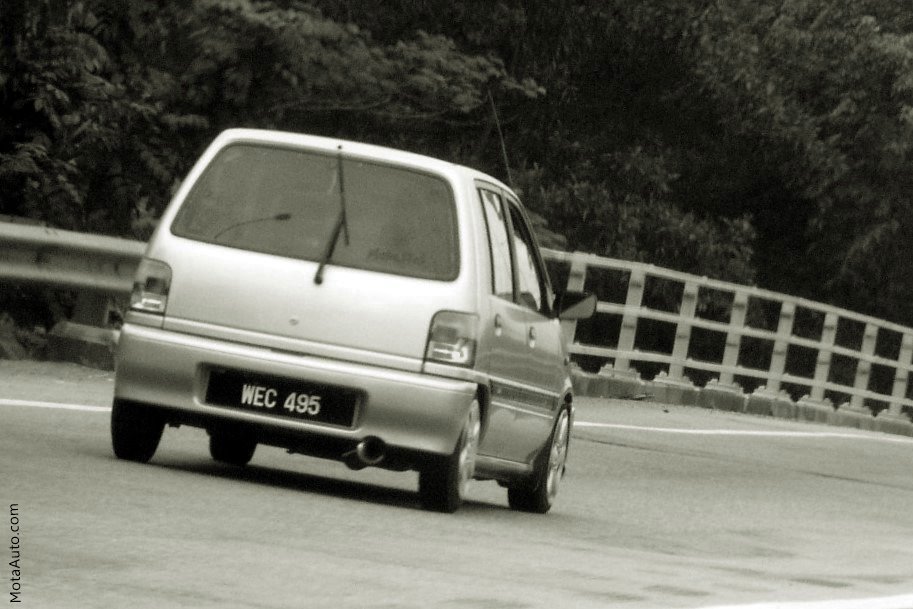
To know more about today’s Perodua models and where to view or test them, visit www.perodua.com.my.
